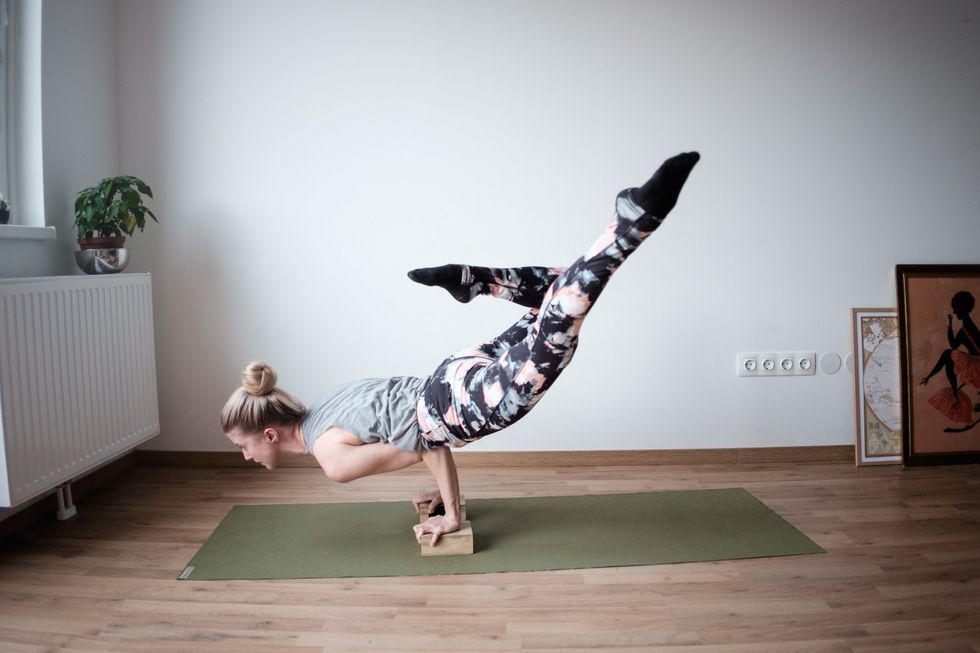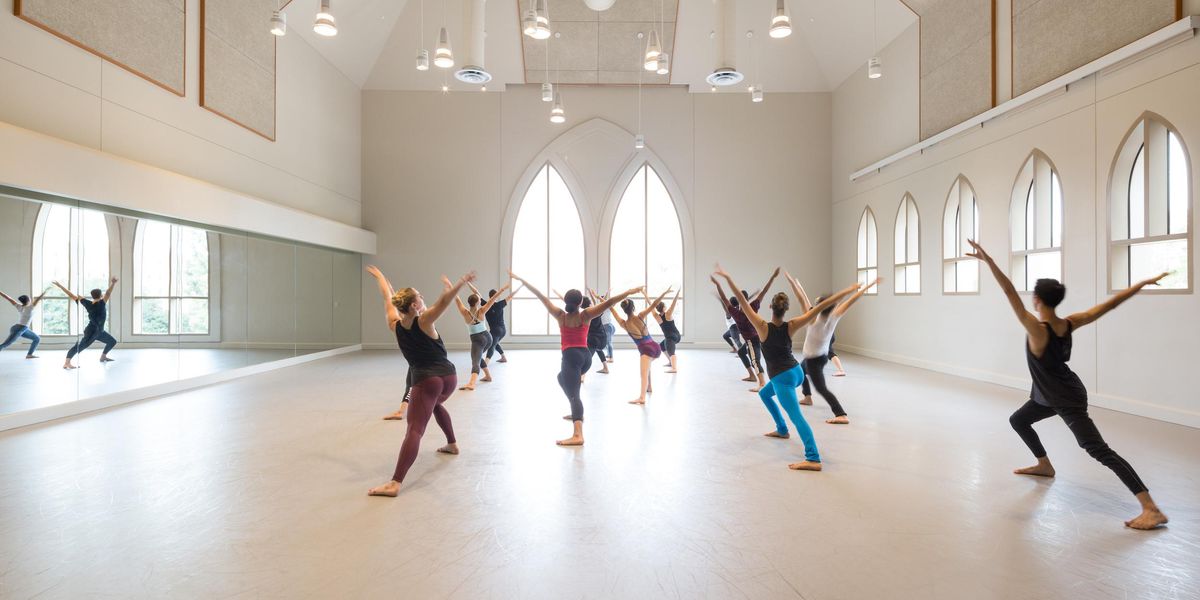Is Your Dancing Too Tense? 3 Ways To Loosen Up
When a dancer’s body has excess tension, their movement can lose its luster and flow. “What we see when we watch a spectacular performer is the precise application of effort,” says Peggy Gould, an associate professor at Sarah Lawrence College who teaches dance conditioning and kinesiology. “Not too much, not too little, but just the right amount.”
Yet even a dancer in top condition with strong technique can’t disguise the tension that builds up from overworking and imbalances. The solution does not lie simply in trying to “relax,” but in getting a better idea of where where the tension comes from.
Why We Need Some Tension
Tension refers to the action of muscles contracting. Dancing would be impossible without a certain amount of it. “We would be a puddle on the floor,” says Tom Welch, a professor of dance kinesiology at Florida State University. Gould defines it further. “Tension is muscle work that does not produce motion, but rather helps to maintain a stable or static situation. There is no change in muscle length, no change in relationship between the bones the muscle attaches to, no joint motion, no movement.”
Excess tension, which can make you look stiff, derives from the relationship between muscles and bones. “When we don’t make good use of our bony support structures, it’s often our muscles that wind up playing key roles in holding us up against gravity,” Gould says. “Treating a muscle like a bone generally leads to that muscle behaving more like bone, becoming stiffer and more resistant.”
Here’s the good news: There are numerous ways to relieve excess tension.
 Work you do outside of technique class can help balance your body and build strength to help you dance with less tension. Photo via Unsplash
Work you do outside of technique class can help balance your body and build strength to help you dance with less tension. Photo via Unsplash
Start by Building Strong, Long Muscles
For Welch, the way you prepare your body for the job of dance can help release excess tension. “Muscles have to be strong and long,” he says. He teaches a special Pilates class devoted to reducing tension. “It’s a two-stage process involving activation and strengthening, then releasing and stretching,” he says.
Rub and Roll It Out
Jennifer Williams, of Chaddick Dance Company in Austin, Texas, has struggled with excess tension all her dancing life due to structural imbalances from scoliosis. “I’m a firm believer in rolling out muscles, whether it’s a tennis ball or a foam roller,” says Williams. These provide feedback to the neuromuscular system—a dancer can sense her body against it, and become more aware of where she is holding extra tension. Massage can also play a vital role in releasing tightness. “I see a massage therapist every other week,” Williams says. Heat and proper stretching can also help muscles relax.
Understand The Root of the Problem
Somatics training can help dancers get to the bottom of the tension cycle. “We must understand the origins of a tension pattern in order to let go of it,” says Gould. “I encourage students to think of this work as refinement in order to advance their technical capabilities.”
Many somatic systems aim at freer movement. Methods like Feldenkrais, Alexander Technique and Ideokinesis allow students to slow down, make small changes and discover the differences in their posture without from the demands of dancing. Feldenkrais focuses on skeletal balance; Alexander, on the position of the skull; Ideokinesis enlists visualization and imagery to foster physical change.
The ease, length, balance and efficiency that these systems help dancers develop all lead to a reduction of unnecessary tension. Welch finds a multifaceted approach works best, one where a dancer can spend time exploring tension in a separate class. Then it can be useful to have the concepts reinforced in dance class through the verbal cues explored in somatic classes.




